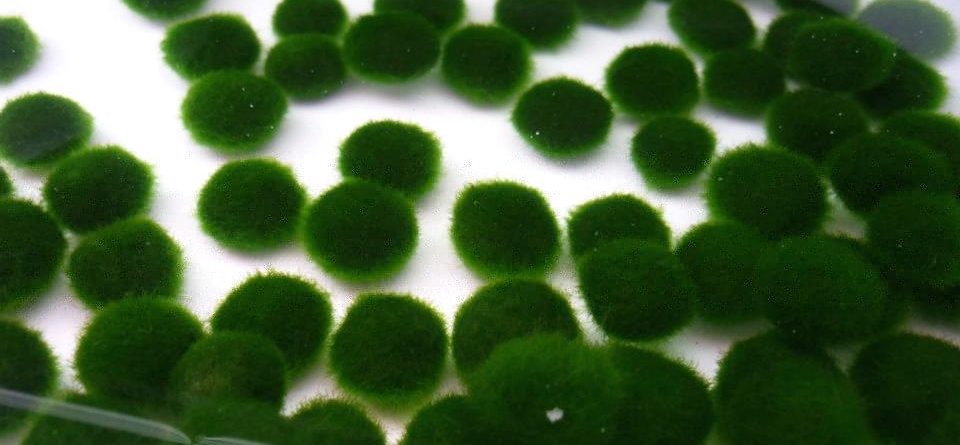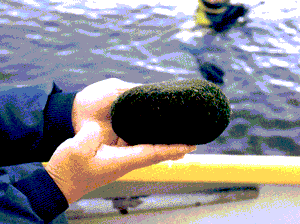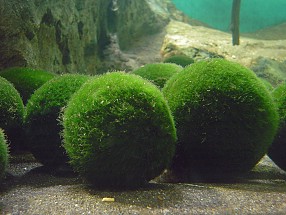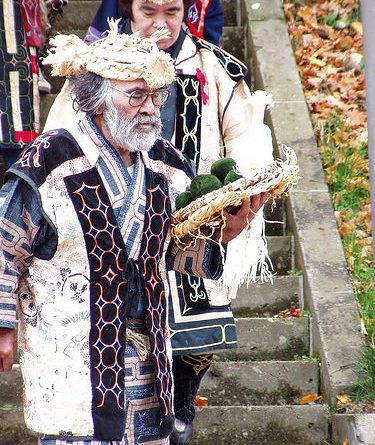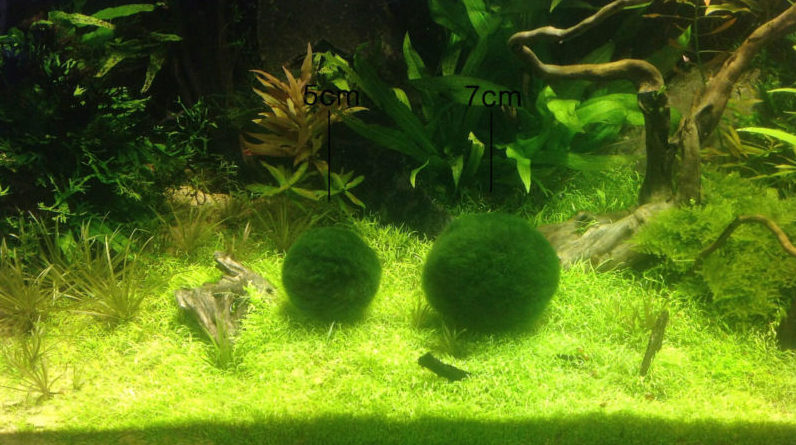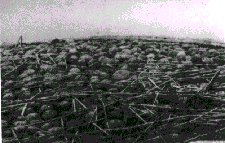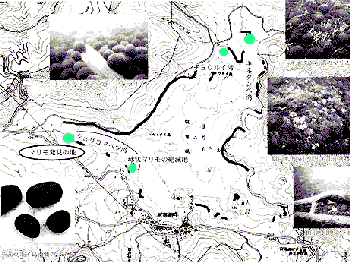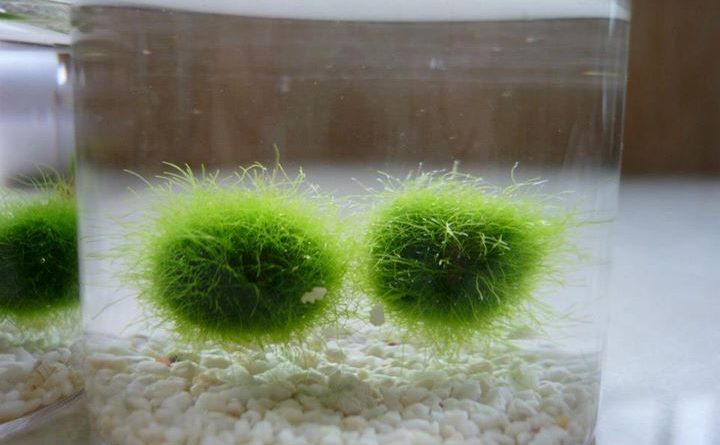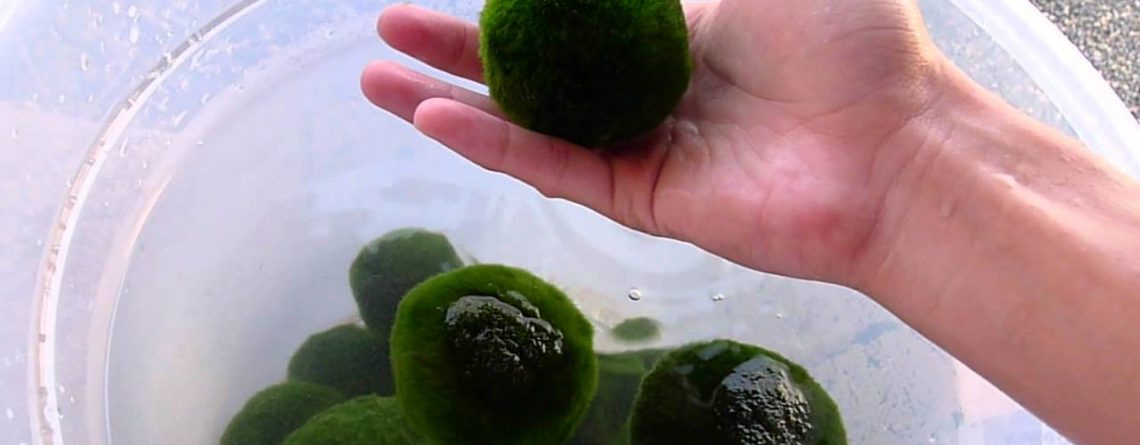Their Ancestors Lived in the Sea?
For marimo to grow to the size of a baseball, it was often said, would take between 150 to 200 years. Recently, however, it was revealed that the marimo's growth rate is not unduly slow but rather recent water conditions are not conducive to their growth. More than lake water, diluted sea water or salt water encourages marimo's growth. There are more than 20 lakes in Japan and neighboring countries where marimo have been confirmed to live. The greater part of...



